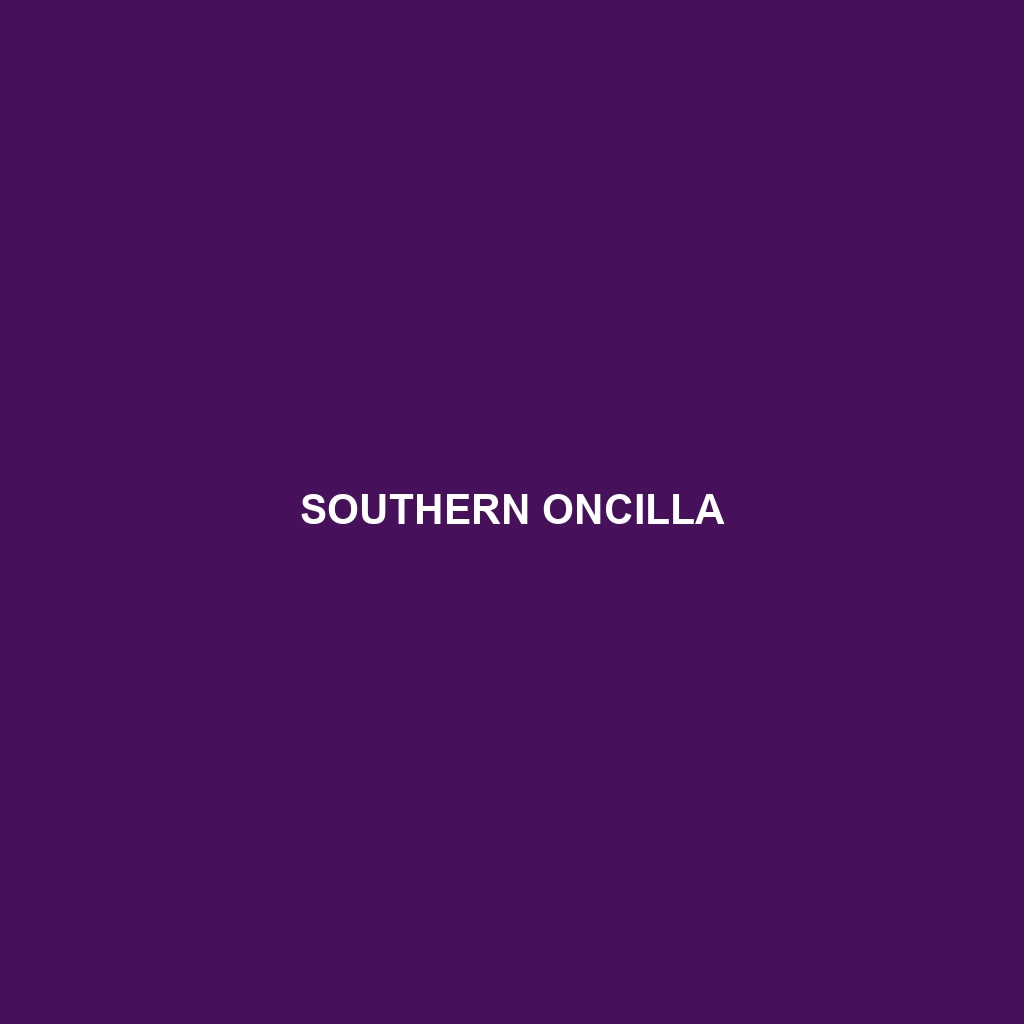Kodkod (Leopardus guigna)
Common Name: Kodkod
Scientific Name: Leopardus guigna
Habitat
The Kodkod, also known as the guigna, is primarily found in the temperate forests of southern Chile and Argentina. Its range includes the coastal regions of the Andes mountains, specifically in the Magellanic subpolar forests and Valdivian temperate rainforests. These elusive cats favor dense vegetation and areas near water sources, which provide ample cover for hunting and resting.
Physical Characteristics
The Kodkod is a small wild cat, measuring approximately 48 to 78 cm (19 to 31 inches) in length, with a tail that can be up to 40 cm (16 inches) long. Weighing between 3 to 5 kg (6.6 to 11 lbs), this cat has a distinct appearance marked by spotted fur that ranges in color from brownish-yellow to grayish. Its rounded ears and short, stocky legs contribute to its unique build, making it a distinctive presence in its native habitat.
Behavior
Kodkods are primarily nocturnal hunters, showcasing solitary behavior outside of mating seasons. They are excellent climbers and often hunt in trees, preying upon birds and small mammals. Their elusive nature makes them difficult to study, yet they are known for their stealthy movement and ability to blend into their surroundings.
Diet
As obligate carnivores, Kodkods primarily feast on small mammals, birds, and reptiles. Common prey includes rodents like mice and rats, as well as avian species that inhabit their forested environments. Their hunting strategies involve stalking and pouncing, showcasing their agility and patience when capturing prey.
Reproduction
Kodkods generally breed between August and November, with a gestation period lasting around 70 days. Litters typically consist of 1 to 3 kittens, which are born blind and remain in the den for the first few weeks of life. The mother is highly protective, teaching her young essential survival skills as they grow.
Conservation Status
The current conservation status of the Kodkod is listed as “Near Threatened” by the IUCN. Habitat loss due to deforestation and agricultural expansion poses a significant threat to their population, along with poaching and climate change impacting their preferred habitats.
Interesting Facts
The Kodkod is one of the smallest felids in the Americas, and it is unique for its ability to thrive in both forested and shrubland areas. It is also known for its distinct vocalizations, which include various chirps and growls, allowing communication with other Kodkods.
Role in Ecosystem
The Kodkod plays a vital role in its ecosystem as a predator, helping to control populations of small mammals and birds. This small cat is considered an indicator species, reflecting the health of the forest ecosystems it inhabits, and supports biodiversity within its habitat.
